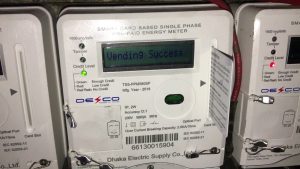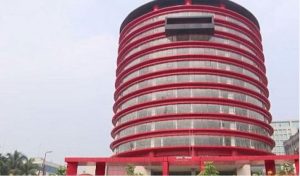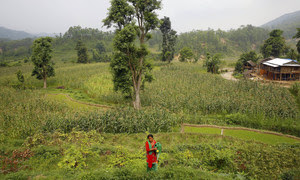Despite Dhaka’s success in fostering economic growth and poverty reduction in Bangladesh, flooding, congestion and messiness are three salient challenges to further urban growth of the city, said a World Bank Report published on Thursday.
According to the report titled “Toward Great Dhaka: A New Urban Development Paradigm Eastward”, being surrounded by rivers on three sides, Dhaka is prone to water-related hazards, including both river flooding and waterlogging.
“The western part of the Dhaka city is largely shielded from river flooding because a flood barrier- the western embankment- was built in response to the massive 1988 floods. But the eastern part of the city core remains vulnerable to rising water levels in the surrounding rivers because no similar infrastructure has been developed in that direction”, said the report.
The report suggested that the aging infrastructure of Dhaka’s drainage system is inadequate to cope with the rapid densification within its reach and its limited spatial coverage cannot handle the expansion of the city.
According to the report, only 25 of the city’s 43 canals are functional at present which severely reduces the water conveyance capacity.
The second challenge is traffic congestion which is the flip side of higher productivity when large numbers of people live and work in a relatively small area.
The World Bank report suggested that management of traffic congestion requires both hard infrastructure and soft interventions.
It said, as all transportation modes, including buses, cars and rickshaws, uses the full width of a road to circulate, stop and park, Dhaka is notorious for its mixed traffic lane operation.
“Driving in Dhaka qualifies as a contact sport because vehicles often push each other to get through, leaving their bodies colorfully scarred,” said the report.
Although road length and road density are better in Dhaka than in the rest of Bangladesh, they are not on a par with international standards for large cities. Congestion currently consumes 3.2 million working hours each day and costs the economy billions of dollars every year resulting in a massive loss of income potential by the city and the country.
In Dhaka the average driving speed has declined from 21 kilometers per hour 10 years ago to 7 kilometers per hour today. Continuing current trends would result in a further slowdown to 4 kilometers per hour, or slower than the average walking speed, claimed the report.
According to the report, messiness is the third challenge for Dhaka’s urban development.
Many residents, including the 3.5 million living in slums, often lack access to basic services, infrastructure and amenities. As a consequence of Dhaka’s messiness, air, soil and water pollution reached dangerous levels.
Dhaka ranks second from the bottom on air quality while fine particulate matter pollution is nine times higher than the safe limit of 10 micrograms per cubic meter, said the report.
The study by the World Bank, with the participation of the University of Oxford and Bangladeshi experts, sought to analyze how the opportunity of East Dhaka could be realized.
It suggested a strategic approach to the development of East Dhaka including three critically important interventions- building the eastern embankment along the Balu river, developing critically important transport infrastructure in this new area and reducing the cost of doing business in the new area.




